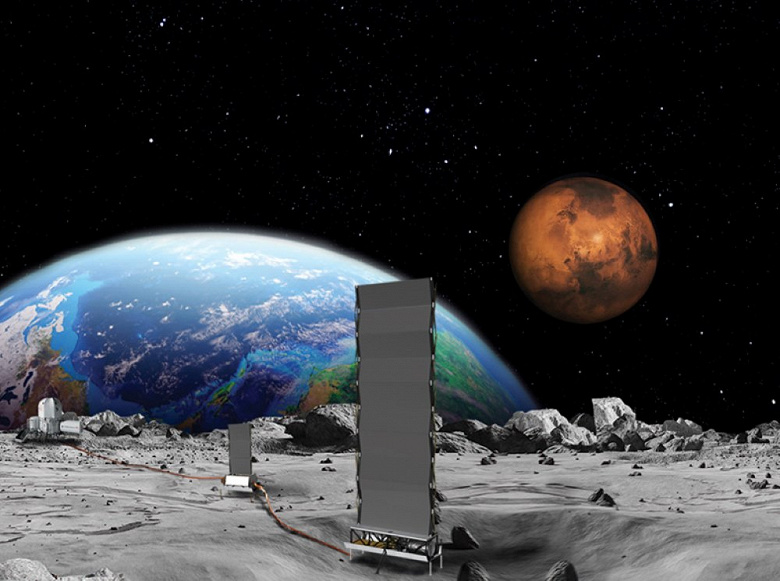Thanks to nuclear reactors, NASA will be able to solve the problem of a stable source of energy for a long time, opening the way for new scientific research and providing lunar explorers with comfortable living conditions
For the upcoming NASA Artemis program, providing electricity to lunar bases is one of the main priorities. Therefore, the agency created the Fission Surface Power Project. The idea behind the project is to develop the concept of a small nuclear reactor capable of powering lunar settlements.
At the beginning of 2022, NASA launched this program, covering three contracts worth $5,000,000 each. Lockheed Martin, Westinghouse and IX were selected as partners and received 12-month grants for the first phase of concept development.
Reactor designs include systems for energy conversion, heat removal, and electrical control and distribution. Partners must also provide estimated costs of their systems and development plans. The ultimate goal — in creating a sustainable system capable of meeting lunar bases' long-term electrical needs. This project also serves as a basis for future planning and construction of similar systems on Mars.
The advantage of nuclear reactors is their ability to operate independently of sunlight. This is critically important during a moonlit night.
«Demonstration of a nuclear power source on the Moon is necessary to show that it is a safe, clean and reliable option», — said Trudy Cortez, director of the «Technology Demonstration Missions» in the NASA Space Technology Directorate at NASA Headquarters in Washington. «Moonlit night is difficult from a technical point of view, so the presence of such an energy source as a nuclear reactor — favorable option for long-term missions and scientific research», — she added.
Nuclear reactors can be placed in shade zones, where regions exist in full or partial shade and out of reach of sunlight. These regions simultaneously serve as ice reservoirs. Operating continuously, nuclear reactors will be able to provide energy to lunar bases throughout the entire lunar night, lasting 14 days. A combination of solar and nuclear power plants will provide complete energy coverage for residential modules and scientific laboratories.
An important requirement for the development of reactors is their ability to operate autonomously for at least 10 years without the need for human intervention. This will reduce the risks of accidental radiation exposure and allow lunar explorers to focus on exploration.
Preliminary specifications for the reactor include a mass of less than 6 tons and an electrical output of 40 kilowatts. This is quite enough to provide electricity to the needs of lunar bases, as well as for conducting scientific experiments. Such a reactor on Earth could provide electricity to 33 houses.
Project «Surface fission energetics» open to innovation. NASA encourages partners to think outside the box and explore new directions in reactor development. This approach will help achieve new results and enable the development of advanced power systems for lunar bases and future missions in space.
NASA is now starting to work on the second phase, planned for 2025. After that, the agency expects delivery of completed concepts in the early 2030s. After the systems have undergone their «baptism of fire» on the Moon, NASA will likely redesign a nuclear reactor for use on Mars.

